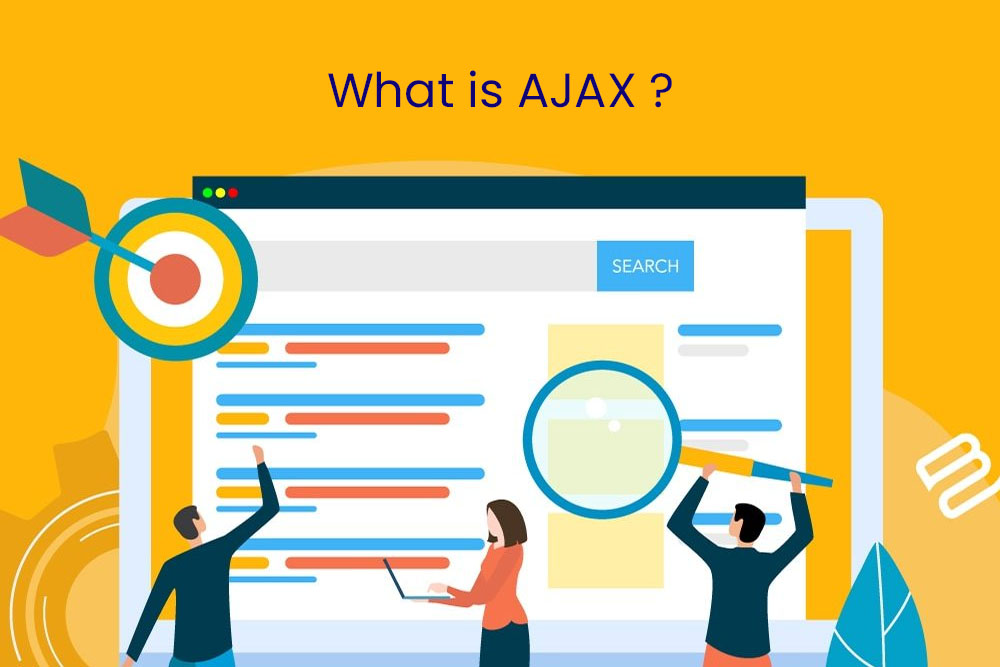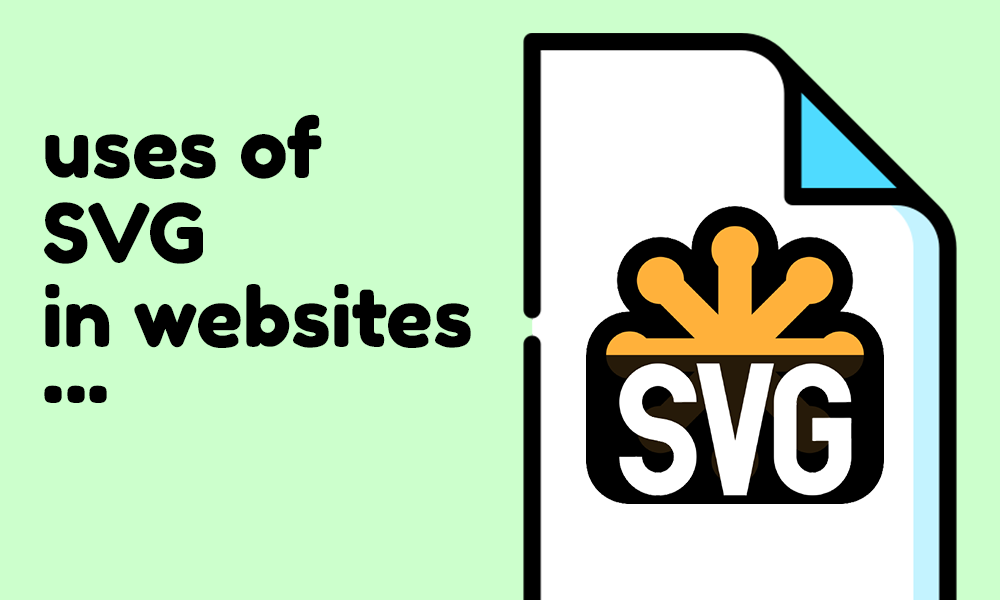AJAX stands for Asynchronous JavaScript and XML. It is a web development technique that is used to create dynamic webpages.
AJAX provides interactive content, animation, and video with minimal loading time. It allows users to load new information without waiting for the entire webpage to reload. This makes it ideal for single page web applications or any situation where there is a lot of information that needs to be updated automatically without refreshing the whole page.
AJAX provides features that are not native to HTML, such as object serialization, XMLHttpRequest, and an event model. It also offers partial page updates without reloading the full page, asynchronous processing of scripts and style sheets, separation of concerns for client-side development, and much more.
Examples for AJAX?
In 2005, Brad Fitzpatrick, a programmer on the LiveJournal platform, created the first AJAX web application. The system he created was called “AJAX-ified” and it allowed for a more interactive browsing experience.
There are many examples of AJAX in use today. One could be when someone wants to edit information about themselves on social media, but doesn’t want to lose what they have already written if they don’t like what they change, on Facebook profile, Swiggy, Tinder and other brand use this technology to make better user experience.
How does AJAX work?
The AJAX technology is an acronym that stands for Asynchronous JavaScript And XML. It is a combination of different technologies with the goal to improve the user experience of web pages, allowing pages to load data in an asynchronous manner, which has traditionally been difficult.
AJAX works by using JavaScript to make asynchronous HTTP requests to the server. The server will then send back responses containing XML or JSON formatted data, which are then interpreted by JavaScript and processed accordingly by HTML on the webpage.
How to learn AJAX?
Learning AJAX is not as difficult as some may think. A quick Google search will give you a list of tutorials and courses on how to learn AJAX programming.
Below is the list of websites by which you can start quick learning:
1. Udemy: https://www.udemy.com/ajax-programming-complete-guide/
2. Tutsplus: https://www.tutsplus.com/course/learn-ajax/?utm_source=youtube&utm_medium=social&utm_campaign=ytchannel
3. Codecademy: http://www.codecademy.com/en/courses/learn-ajax?auto_id=10405235
Role of Javascript and XML in AJAX
JAVASCRIPT
JavaScript is not case-sensitive and it has first-class functions and objects. JavaScript was originally designed to make it easy for web developers to add interactivity to World Wide Web pages. JavaScript has evolved over the years, but it continues to be used primarily for writing browser-based applications, especially on the client side of web applications.
JavaScript is a high-level, dynamic programming language. It is most commonly used as part of web browsers, whose implementations allow client-side scripts to interact with the user, control the browser, communicate asynchronously, and alter the document content that is displayed.
XML
XML is a markup language that has been around for over 20 years. It is used to store data in a standardized way.
XML defines the structure of text documents, and this includes how the text is formatted, what types of information are included, and what order it should be in. This can be done using tags which tell the reader what type of information the following content is.
“XML (Extensible Markup Language) is a markup language that was designed to give format and order to the data on the internet.”
XML is a markup language that was designed to give format and order to the data on the internet. It is an open standard and can be used on various platforms and devices. XML has become a commonly-accepted format for sharing information in the digital world, with its ease of use and interoperability. The XML file extension usually tells you what kind of content it includes, such as web pages or fonts.




